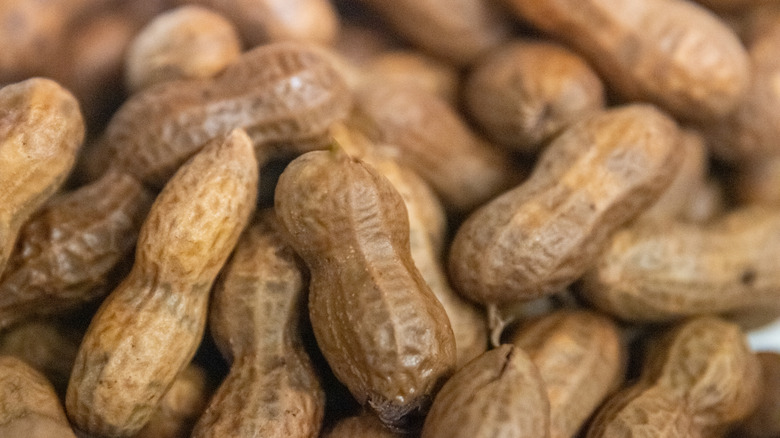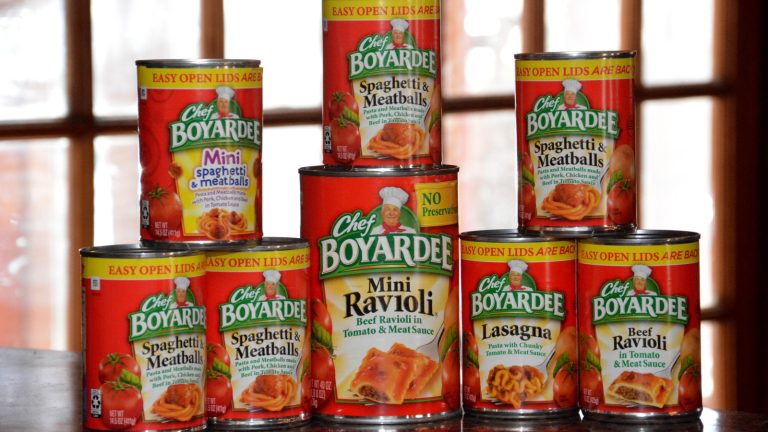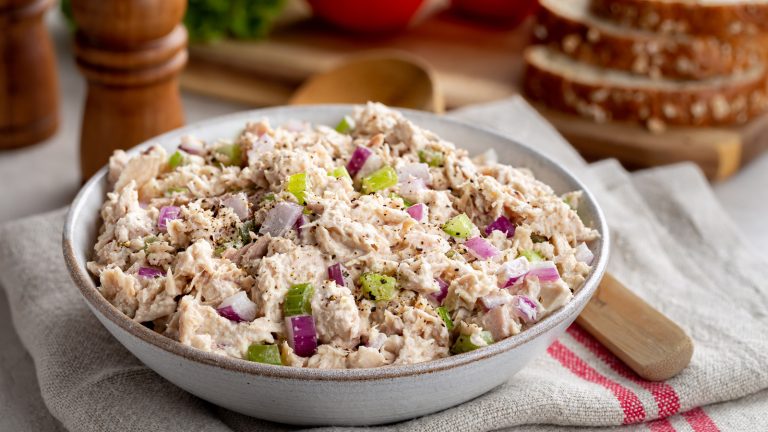Think Southern cuisine, and the associations are as thick as the drawling accents. “Meat and three” plates with fried chicken and greens, glasses of sweet tea — the unofficial official drink of the South, and nostalgic desserts like banana pudding and bygone treats like the Alabama lane cake. And of course, simpler fare too — like the Southern staple, the boiled peanut.
A polarizing delicacy — you either love it, hate it, or have never heard of it. The salty snack is exactly what it sounds like: green (meaning fresh off the vine) peanuts, boiled in their shells in a brine of salt water until the legume is tender, slurpable, and totally addictive. Across the South, the treat is often spotted at roadside stands, advertised by a handwritten cardboard sign and sold by steaming, salty scoopful. Or, if you don’t want to leave it to chance to stumble upon such a find, you can buy the canned variety.
Though certainly a second choice for most, compared to hot, freshly boiled peanuts, cans are still commonly sold in stores like Kroger, Walmart, and Publix — in flavors like Cajun, buffalo, and plain. Canning makes boiled peanuts available on demand for whenever the craving strikes — unlike the fresh variety, which only keep for a couple days max. Like other canned beans, they’re pre-boiled and ready to eat. Just pop them open, heat them up on the stovetop, or simply enjoy them straight out of the can if you just can’t wait.
The roots of boiled peanuts, canned or fresh, are complex
Most boiled peanut aficionados would agree, the hierarchy of peanut preferences goes: freshly boiled first, gas station peanuts second, and canned as a last resort — though really, all are totally addictive. The complex roots of the snack, however, trace back to a time well before any such modern options existed. Boiled peanuts were a commonly enjoyed treat in Southern states long ago, as far back as the colonial times, as peanuts grew well in sandy Southern soils.
By the Civil War, the convenient, calorically-dense snack was popular both among soldiers and folks back home. Like so many “soul foods” we think of as modern-day Southern staples though — from okra to black eyed peas — the true origins of boiled peanuts in America are intrinsically tied to the African diaspora. It was likely that enslaved Africans who first introduced the practice of boiling peanuts to what would become the Southern culinary lexicon.
Even now, unlike many once-regional foods that caught on nationwide, don’t expect to spot roadside peanut stands just anywhere. That custom, for the most part, remains stubbornly Southern. However, the store locator for Peanut Patch, the popular canned brand, does shows its products on select shelves in all pockets of the country, from the West to the Northeast. So if all this talk has your mouth watering for a salty treat, keep an eye out on your next grocery store run. You might be closer to a can than you think.






